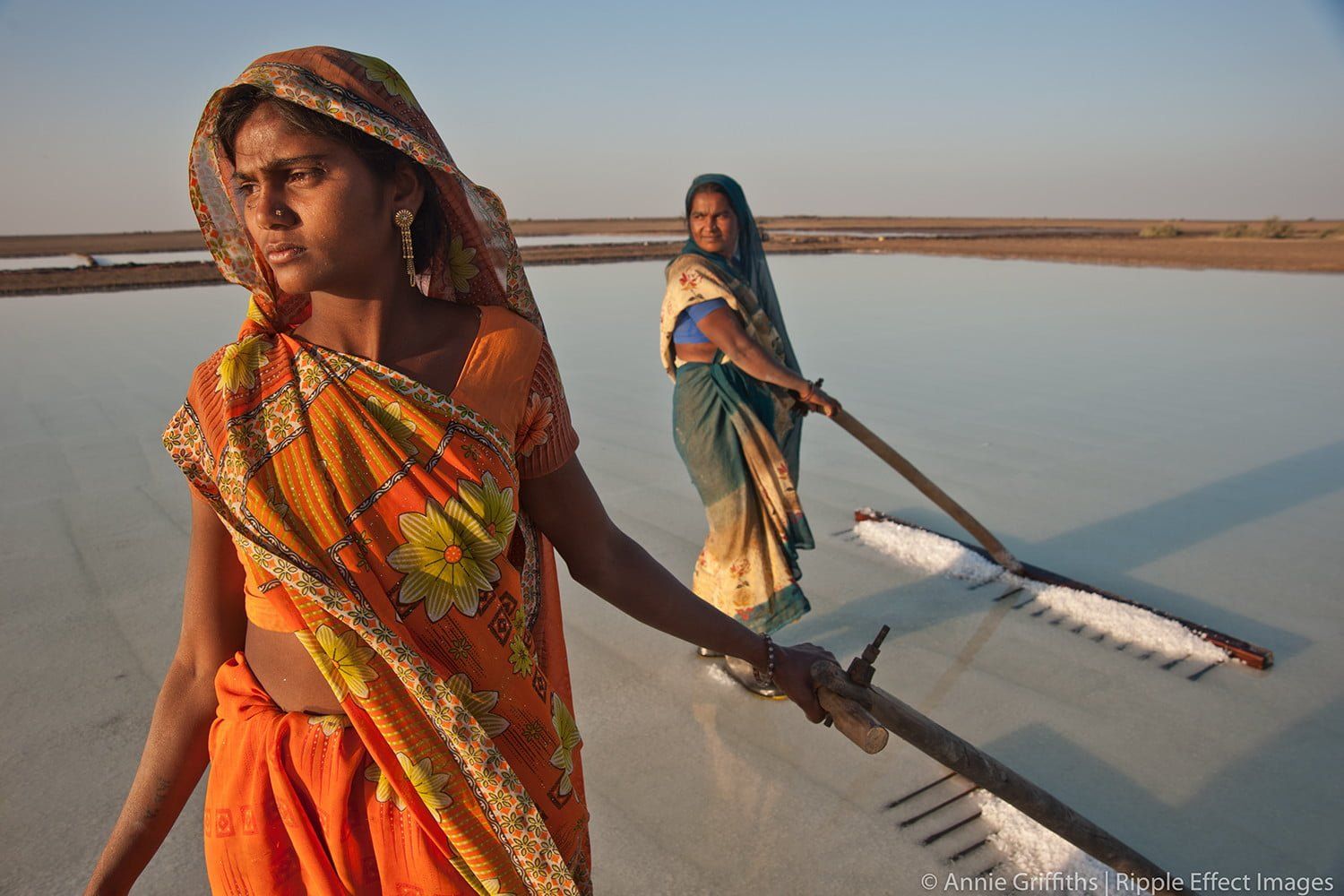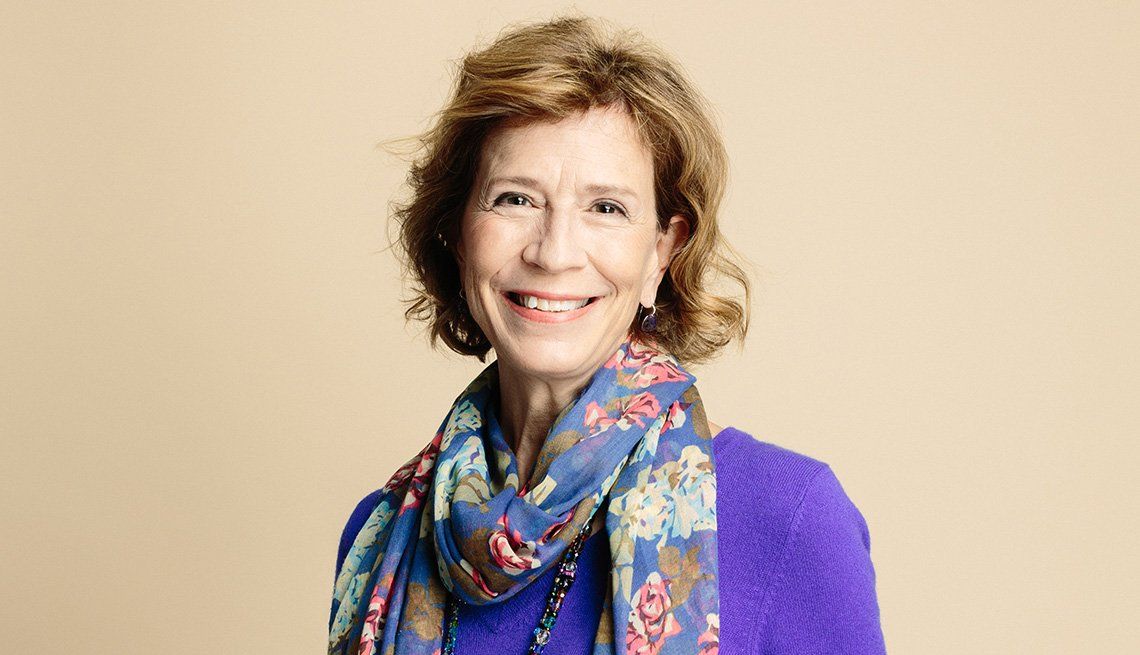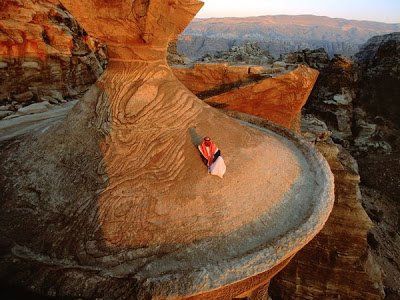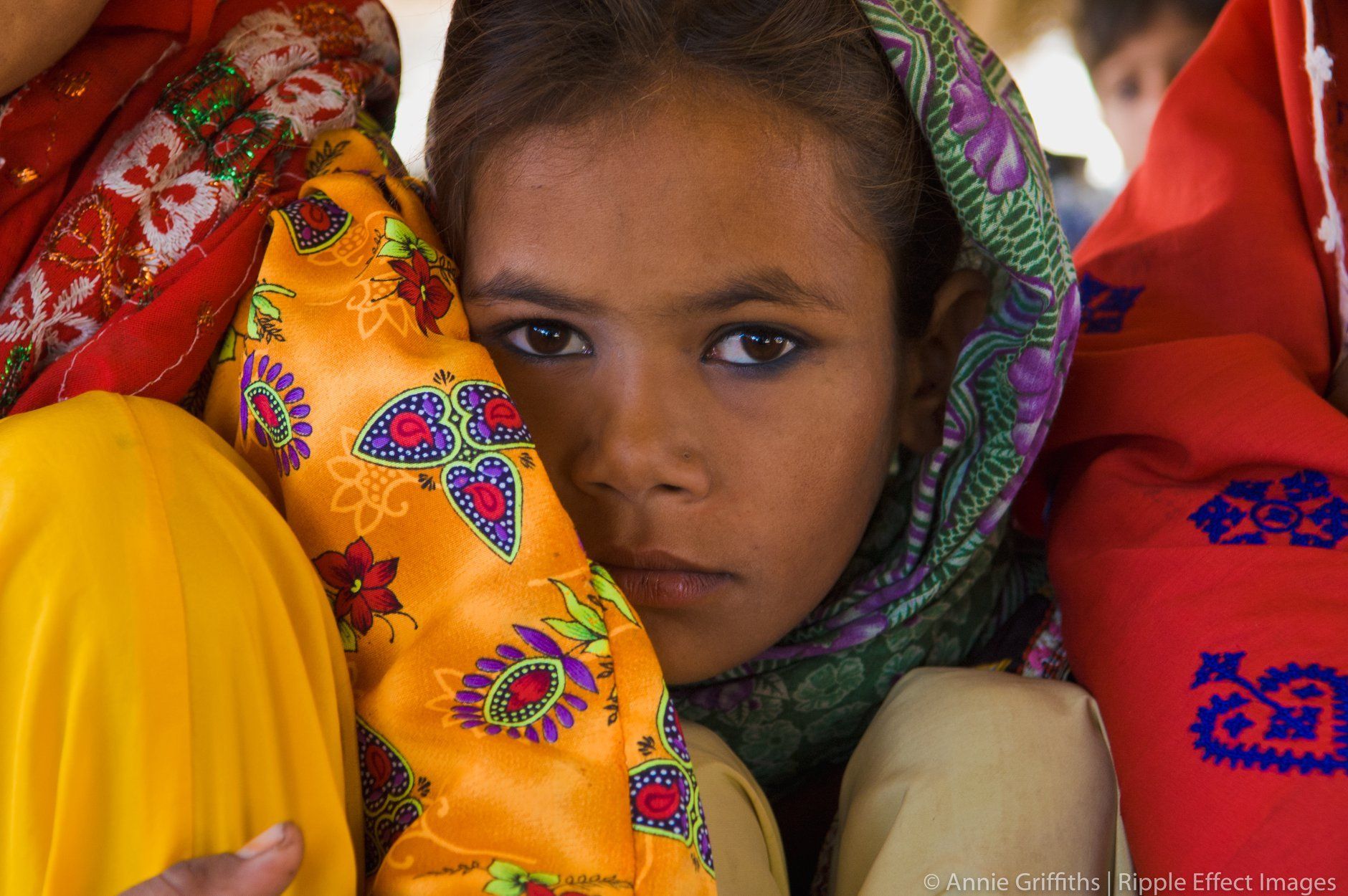Annie Griffiths
National Geographic Photographer & founder of Ripple Effects Images
-
Annie's work has appeared in LIFE, Geo, Smithsonian, Fortune, Stern, and many other publications.
-
Annie Griffiths is one of the first women photographers to work for National Geographic.
-
Annie has received awards from the National Press Photographers Association, Associated Press, National Organization of Women and White House News Photographers Association.
Q & A
When did you first discover a love
of photography?
I loved story telling and I always thought I’d be a writer, but then I fell in love with photography during my junior year of college.
Who have you met recently through your work, that has touched you in a significant way?
For the last 10 years, my work has been very focused on women in the developing world.
I’m touched by every one of those women I meet. They are just so smart and funny… just magnificent. They have so many obstacles that they work through and that’s inspiring.
What's the best advice you've
ever received?
The best advice was not spoken to me, but demonstrated to me, by my best friend. She travels the world engaging with everyone she meets in the most sincere way.
By watching her all my life, I’ve learned to do the same in other cultures. Honor people, make eye contact with them, laugh. Laughter connects everyone.
Her stunning photographs capture images and tell stories of people and cultures from nearly 150 countries!
Annie is focused on a mission...
She is the Founder of Ripple Effect Images, a collective of photographers dedicated to documenting the plight of poor women and girls around the world.
Ripple Effect highlights, through photos, the programs that are helping to empower these women, especially as they deal with the devastating effects of climate change.
Their photographs, video, and stories are donated to the Ripple Effect Images Archive, made available at no cost, to partner aid organizations and policymakers who are working to help poor women.
"People around the world really underestimate women. They’re often seen as victims and that’s not the way they want to be viewed. Those are the stories that I want to tell through my photographs."










